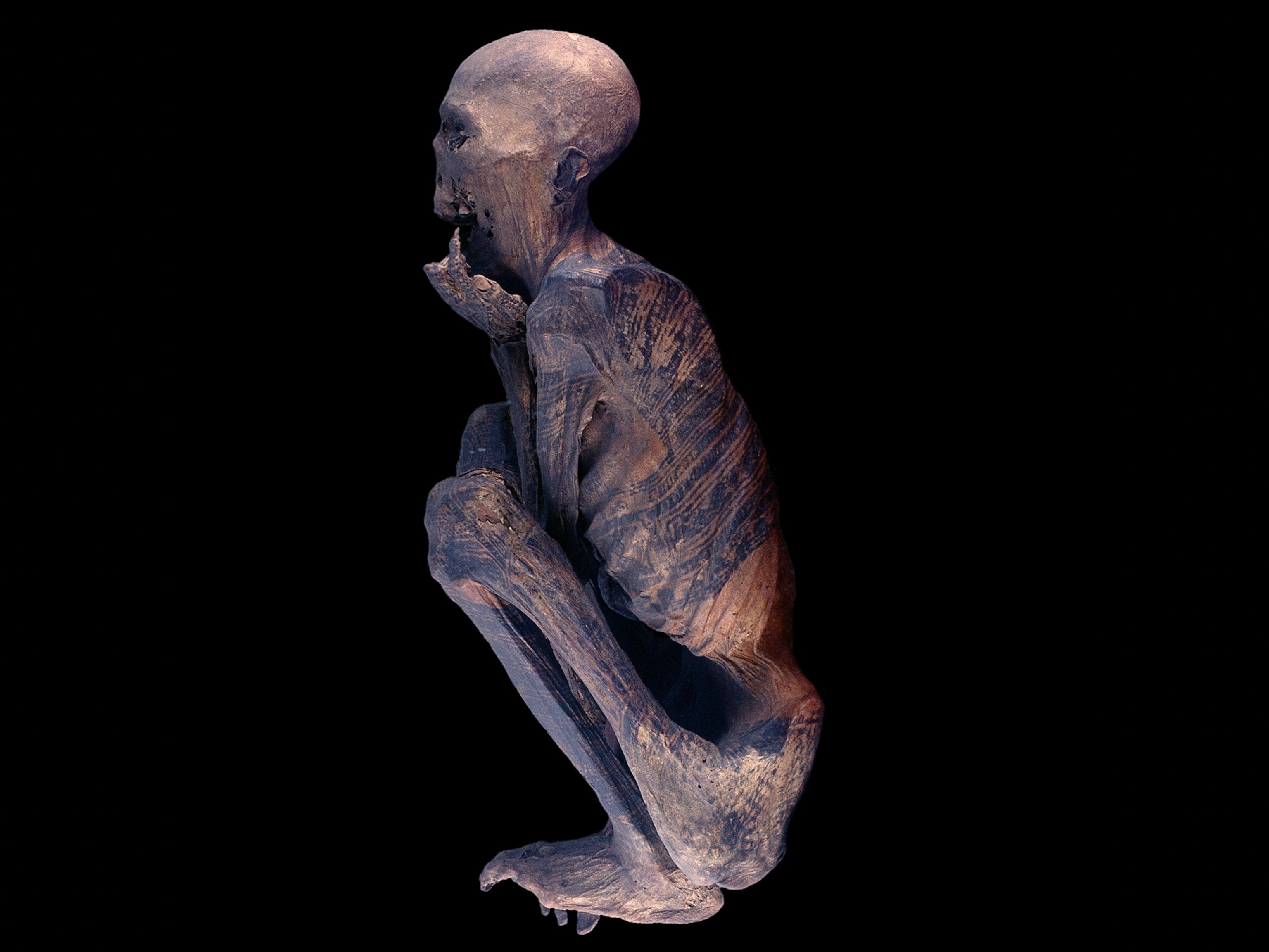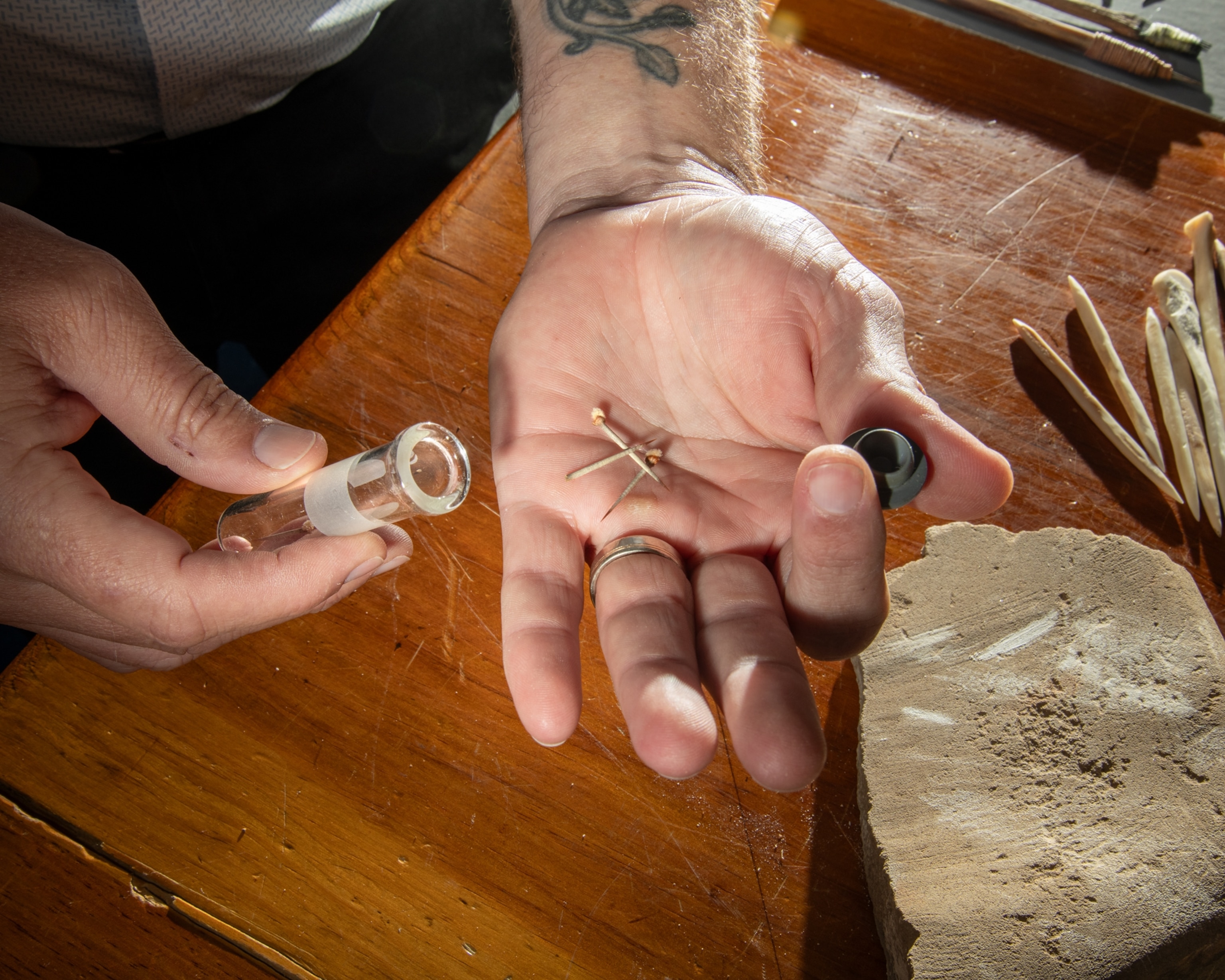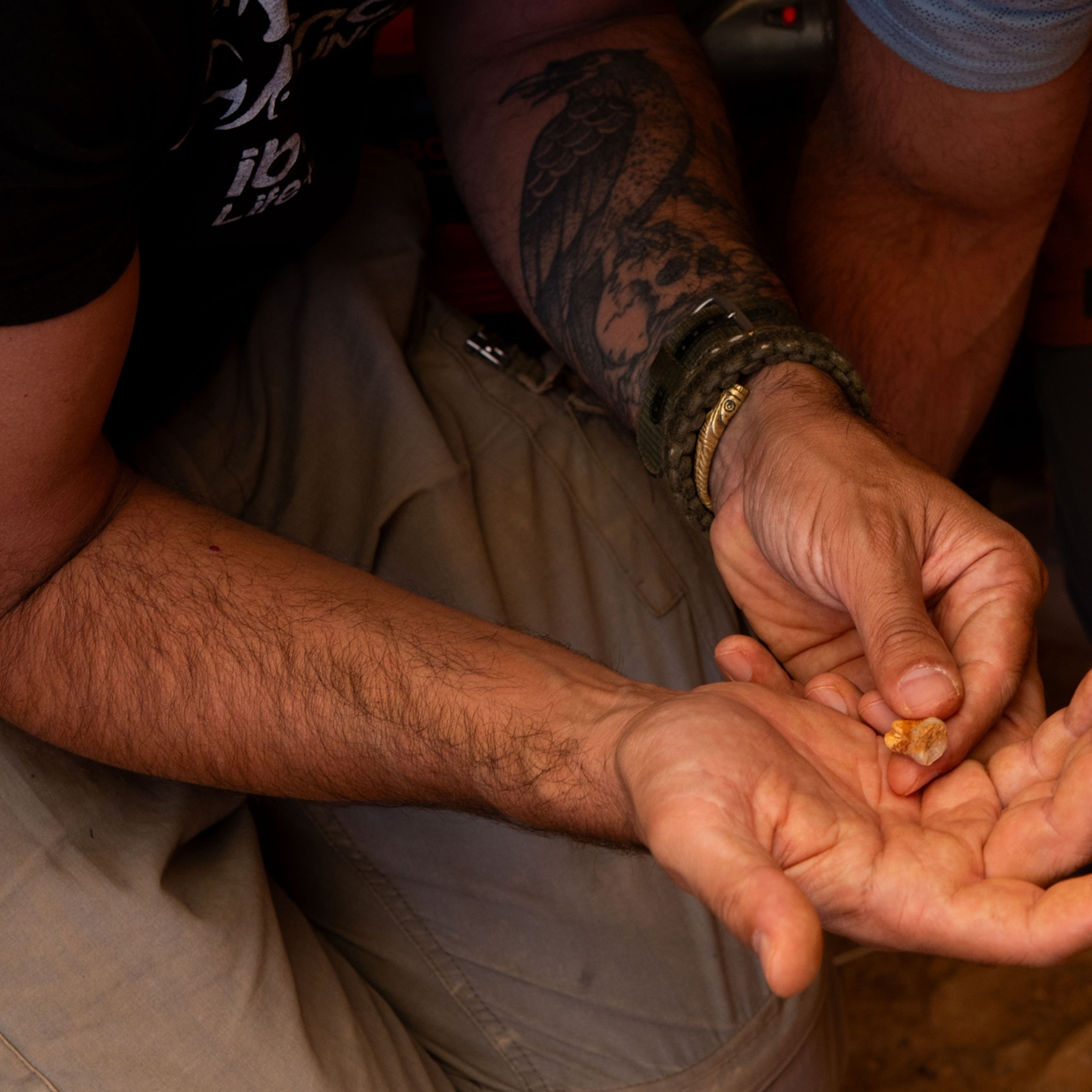The ancient art of tattooing, once dismissed by early archaeologists as the mark of “savages and deviants,” is now emerging as a vital, often-overlooked source of information about our ancestors. Driven by a new cohort of researchers like Aaron Deter-Wolf, this field is rapidly growing, utilizing forensic techniques and experimental archaeology to crack the secrets held within millennia-old skin. From the 5,300-year-old Iceman Ötzi in the Alps to mummified women in Egypt and the coastal deserts of Peru, body art is proving to be a highly resilient form of cultural record. Scientists are now learning that the marks on the skin conveyed everything from group identity and spiritual power to social status and rites of passage, offering details about ancient societies not preserved in written texts. The work is bridging the gap between scientific discovery and the ancestral knowledge of Indigenous practitioners, revealing that the history of tattooing is far more widespread and sophisticated than previously imagined.
The Bias Against Body Art
The study of ancient tattoos has long been hampered by a deeply rooted colonialist bias. As Western missionaries and officials moved across the globe, they often condemned tattooing as a barbaric practice, viewing it as a mark of so-called savages and deviants. When archaeology emerged as a formal discipline in the 19th century, this cultural disdain was unwittingly inherited by its practitioners. For decades, archaeologists either rarely mentioned tattoos or did so pejoratively, believing the practice was too simple or peripheral to warrant serious academic inquiry. This attitude persisted even into the 21st century, often voiced as the dismissive notion that “there are more tattoos of ancient art on graduate students than there ever were tattoos in the ancient world,” a statement that has since been proven unequivocally wrong.

This lack of engagement has caused historians to overlook critical details about the societies they study. For ancient cultures worldwide, tattoos were rarely simple decoration; they were a profound form of self-definition. Throughout history, body art has helped to define group identity, marked essential rites of passage, and signaled spiritual power or a specific social rank. By ignoring the skin as a canvas for communication, archaeologists missed the opportunity to glean insights that were not, and could not be, recorded in stone or on paper. The rise of a new generation of tattoo-savvy scholars is finally moving past this prejudice to reveal the skin’s unique archive.
The New Science of Tool Identification
One of the main challenges in tattoo archaeology is the difficulty of definitively identifying a tattoo needle in the archaeological record. A sharp, pointy instrument found at a dig site could have been a tool for applying ink to skin, but it could just as easily have been an awl for piercing leather or a needle for sewing textiles. To solve this, a cohort of interested researchers, led by archaeologist Aaron Deter-Wolf, launched an intensive series of experiments spanning the better part of a decade to develop a reliable system for identification. This rigorous process of experimental archaeology involved replicating ancient tools from likely materials.

Deter-Wolf’s team crafted tattoo needles from a variety of sources, including deer bones, fish teeth, cactus thorns, and even a discarded piece of mastodon tusk. They then tested these replicas on human volunteers and pigskin, using either modern ink or the ancient mix of charcoal soot and water. The experiments revealed which materials were viable: the porous structure of bone tools proved particularly effective at holding ink, and thorn tools also worked nicely. In contrast, attempts with materials like feather shafts failed, and the mastodon tusk shards proved disastrous due to microfractures that tore the skin.
Crucially, the team analyzed the used tools microscopically. They discovered that the act of tattooing leaves a distinct pattern of wear: the repeated impact against the skin blunted and smoothed the tips of the needles. More importantly, it drove in tiny fragments of charcoal pigment. Today, these published findings provide a standardized microscopic reference set, enabling archaeologists globally to confidently distinguish a bona fide ancient tattoo needle from other similar-looking pointed artifacts found in the field.
Ötzi and the Stippling Revolution
The body of the 5,300-year-old Iceman, Ötzi, discovered frozen in the Alps in 1991, holds some of the world’s oldest known tattoos, yet their method of application remained a mystery for decades. Ötzi is covered in 61 tattoos—mostly lines and crosses clustered across his body—and researchers initially suggested they were applied by the crude method of slicing the skin with sharp stones and then rubbing soot into the open wounds. This theory was dramatically overturned thanks to Deter-Wolf’s experimental approach, which sought to test the exact trauma that different techniques leave on the skin.

In a grueling experiment, a collaborating tattoo artist applied eight identical tattoos to his own thigh using different methods, ranging from needle-poking and hand-tapping to the controversial slice-and-rub technique. The artist then endured a three-hour session of an Inuit sewing technique, which involves drawing an ink-soaked thread through the skin. By comparing magnified images of the resulting scar tissue, Deter-Wolf found a perfect match. The slice-and-rub tattoos left line segments that tapered into wisps, but the needle-poked tattoos showed blunt, rounded ends that matched the marks on Ötzi’s weathered skin. The conclusion was definitive: the Iceman’s tattoos were not sliced but were carefully stippled with needles, revealing a surprising level of skill and precision in this 5,300-year-old culture.
The Voice of the Priestess and the Peruvian Legacy
Tattoos on mummies across the globe are also providing unparalleled insight into the social and spiritual roles of women, subjects often given little attention in official historical texts. Egyptologist Anne Austin has studied a mummified Egyptian woman whose 30-plus tattoos—found on her skin using modern imaging techniques—are uniquely revealing. The woman’s body was covered in intricate designs, including hieroglyphs, musical instruments, and serpentine deities.
This extensive and powerful iconography strongly suggests she held a significant role, possibly as a priestess within the ancient Egyptian clergy—a detail rarely, if ever, explicitly documented in surviving papyri. Furthermore, the placement of some of her tattoos directly over her voice box suggests she may have had an active speaking or singing role, with her voice potentially imbued with sacred or healing power through the ink. This discovery confirms that the skin served as a critical medium for defining and proclaiming sacred authority that other artifacts simply fail to capture.
Similarly, in coastal Peru, researchers are using infrared-sensitive cameras to find hidden ink on mummies dating back as far as 2,400 years. Over time, the Peruvian mummies’ skin has darkened and weathered, obscuring the tattoos to the naked eye. The infrared photography, however, makes the carbon-based ink pop, allowing researchers to accurately document the iconography. The findings have shown a remarkable consistency in religious symbolism over nearly two millennia, confirming that local beliefs and practices persevered in the region even through periods of invasion and political conflict.
Bridging Ancestral Knowledge and Modern Imaging
The discipline of tattoo archaeology is currently experiencing a boom, driven by the synergy of advanced technology and a renewed sense of cultural respect. Researchers have documented more evidence of tattoos on mummies in the last five years than was recorded over the previous century and a half combined. The frontier of the field now involves applying non-invasive imaging and analytical techniques to existing museum collections, using the lessons learned from Ötzi and the experimental work.
Crucially, the new wave of scholars is actively seeking to collaborate with the Indigenous stewards of ancestral tattooing techniques. Traditional artists, such as the Inuit tattooist Maya Sialuk Koch Madsen, possess living knowledge about materials, methods, and cultural significance that science alone cannot replicate. This collaboration is building a necessary bridge between ancient practice and modern science, allowing Indigenous communities to connect to their ancestors in new and profound ways. As a burgeoning discipline, tattoo archaeology offers an outrageous dataset, promising to continually enrich our understanding of human identity, ritual, and communication across the ancient world.




